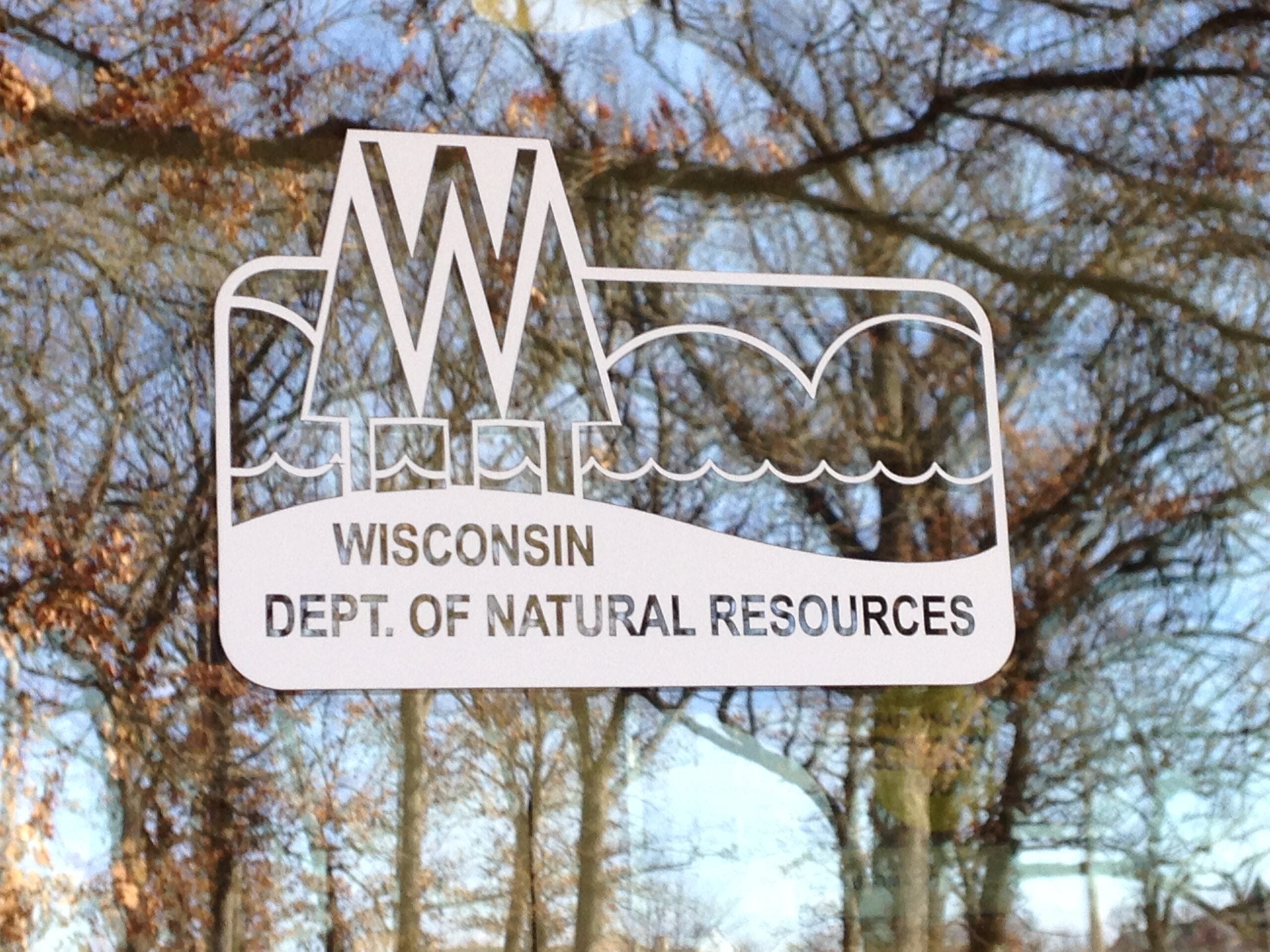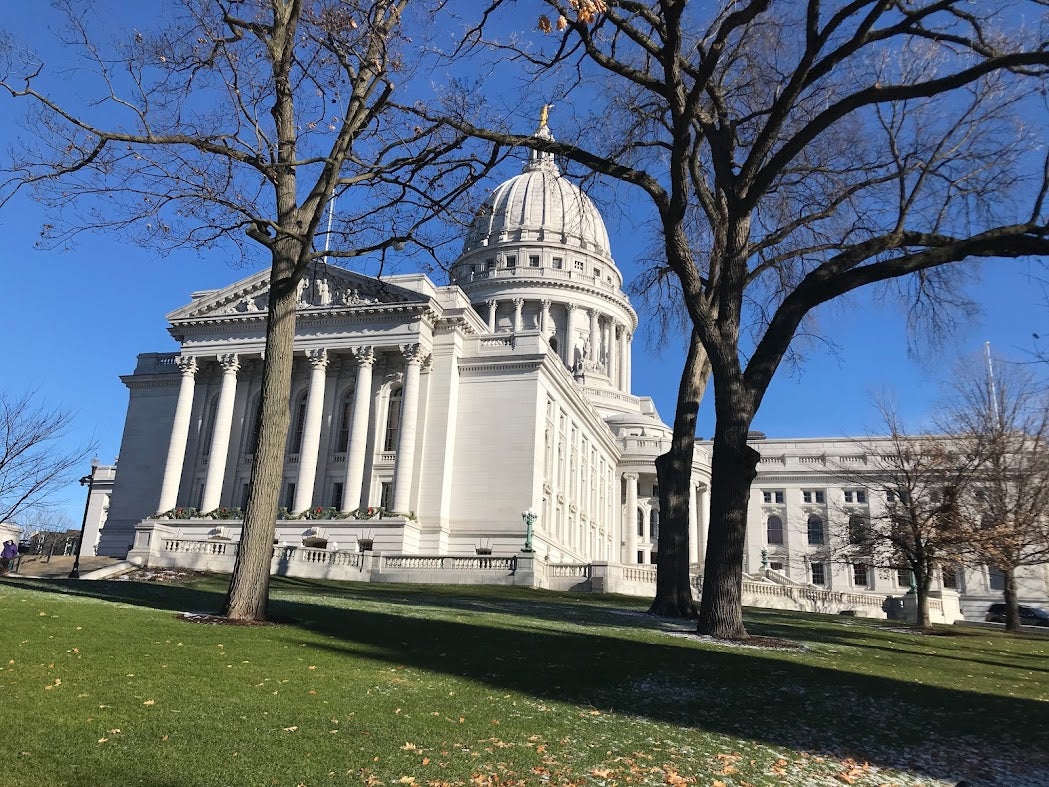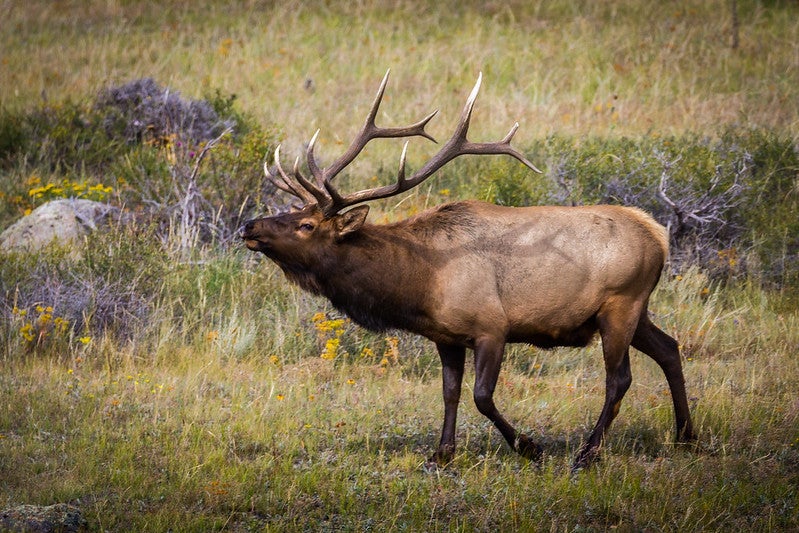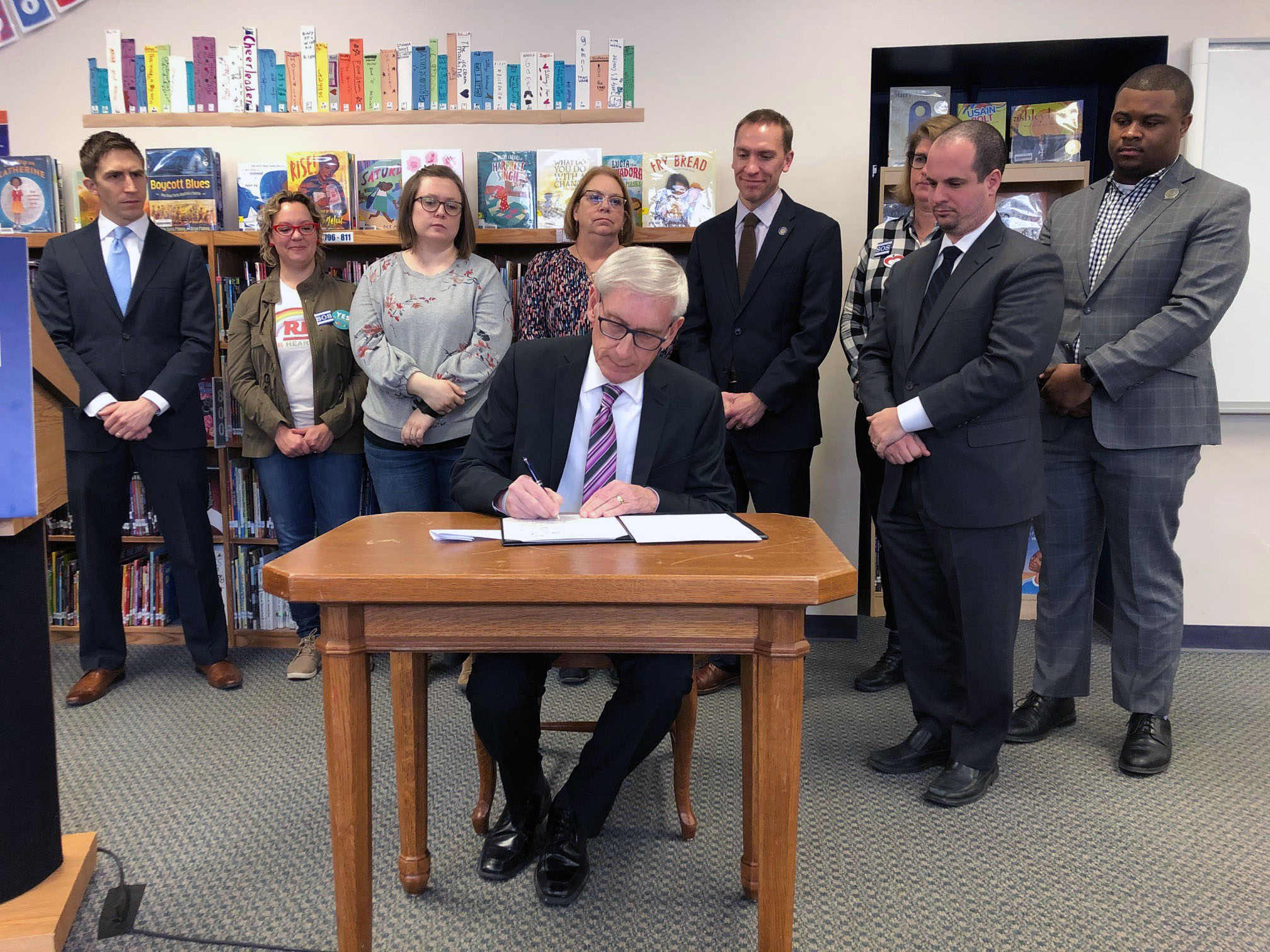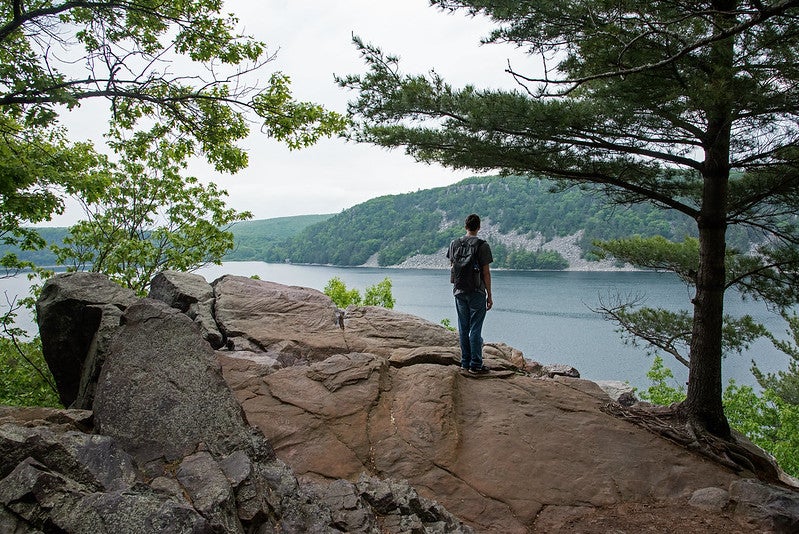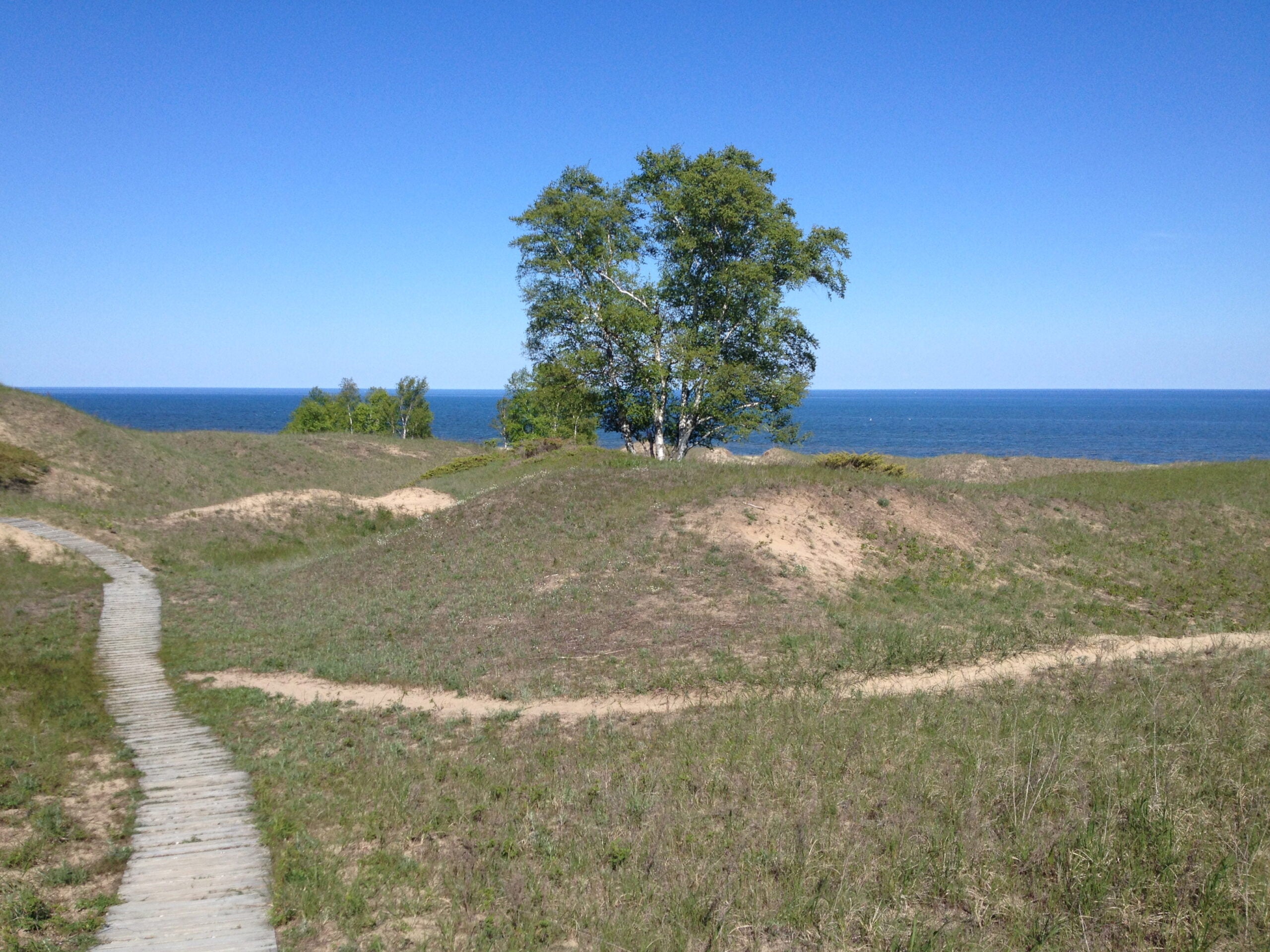Changes to admission and camping fees at state parks last year were profitable for the state Department of Natural Resources, data released Wednesday by the DNR show.
Fees were adjusted at sites across the state in February 2018, and new revenue comparisons from the DNR show that in total, camping and daily admission to parks increased 10 percent from July 1, 2018 to Dec. 31, 2018 compared to the same time period the year prior. That’s an increase of about $1 million.
Last year, the state Legislature’s move to cut park system funding positioned the DNR to rely more heavily on fees and revenue. The state budget gave the DNR authority to set its park rates.
Stay informed on the latest news
Sign up for WPR’s email newsletter.
Camping rates at 38 different properties within the system were raised, and rates were lowered at 36 properties, said Chris Pedretti, section chief of the DNR’s Bureau of Parks and Recreation. Pedretti said an extensive study looked at the impact the seasons, weekends and amenities had on occupancy rates, which helped DNR officials make decisions about where to increase rates.
Pedretti said increased advanced reservations — where campers reserve a campsite anywhere from 11 months to two days before their visit — are keeping with an upward trend, from 125,000 in 2016 to about 131,000 in 2018.
“Implementing the demand-based pricing structure did not have a negative impact on our advanced reservations for that year,” he said in a presentation Wednesday to the Natural Resources Board.
The DNR also was given latitude to adjust daily rates, which the agency chose to do at the state’s most popular parks. Devil’s Lake State Park daily admission rose by $5, and Peninsula and Willow River state parks increased by $2. While Pedretti said attendance didn’t decline at these locations, the DNR noticed an increase in the number of people buying annual passes, the cost of which didn’t change when these new fee structures were implemented.
The three properties with rate increases saw more than an 11 percent jump in annual state park sticker purchases, Pedretti said.
“That’s a good thing that people are buying more annual passes because hopefully it will encourage people to visit more often and possibly visit other state forests and parks as well,” he said in the presentation.
Attendance at all properties last year did drop slightly from the year prior, Pedretti said, blaming some weather challenges such as flooding and subsequent closures of parks for that drop. It wasn’t enough to dip attendance below 17 million visitors, though.
“Having over 17 million users again last year, even with all the other factors, was a great thing, and it’s really showing that people love getting out into the state parks,” he said.
No changes to the pricing structure are being eyed for 2019, but visitors could expect to see some price drops to promote visits to properties that are less frequented.
Wisconsin Public Radio, © Copyright 2024, Board of Regents of the University of Wisconsin System and Wisconsin Educational Communications Board.

